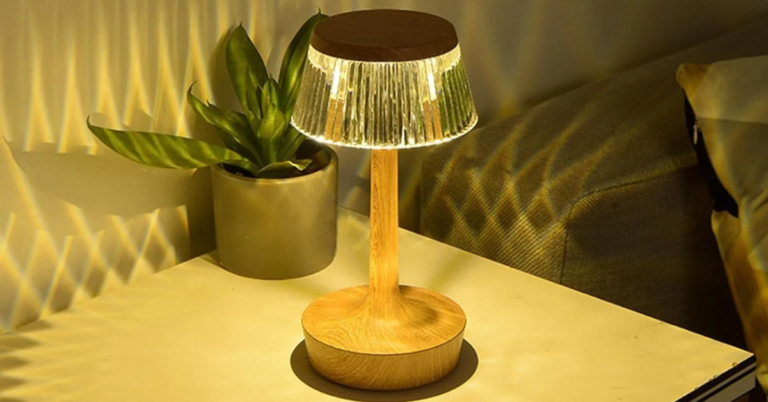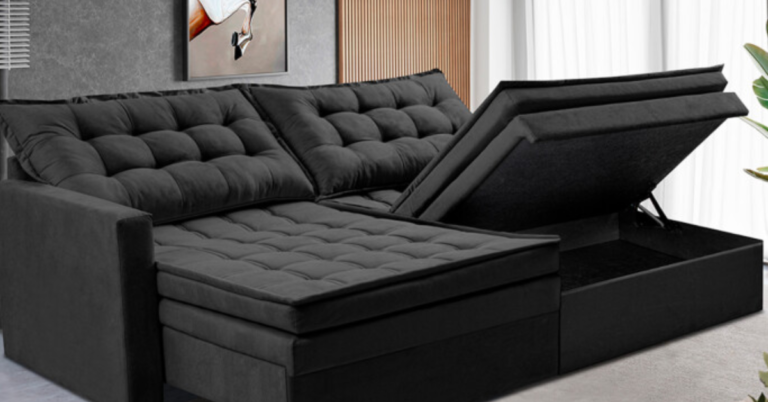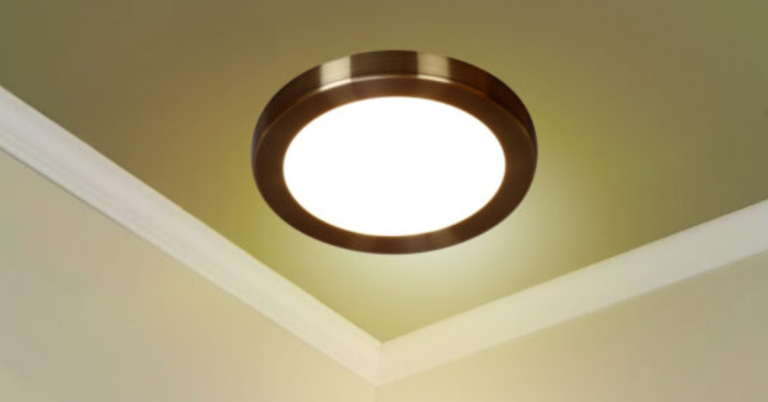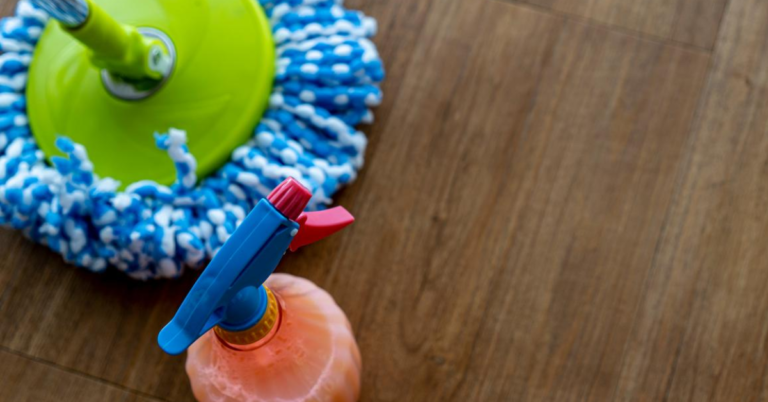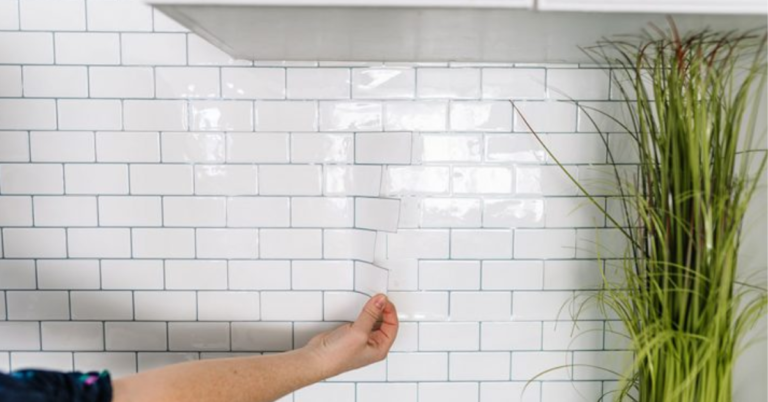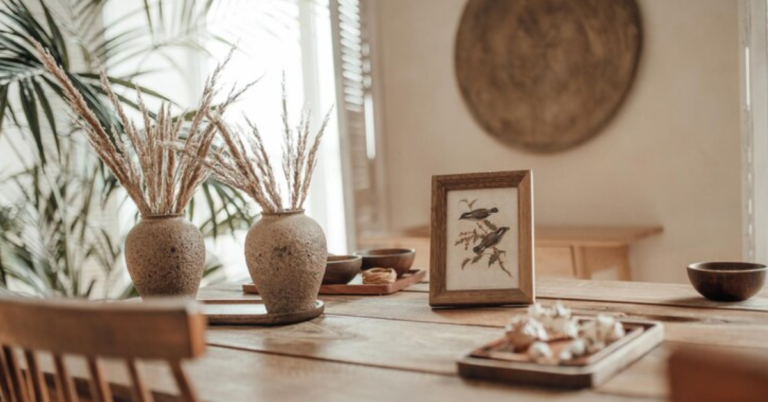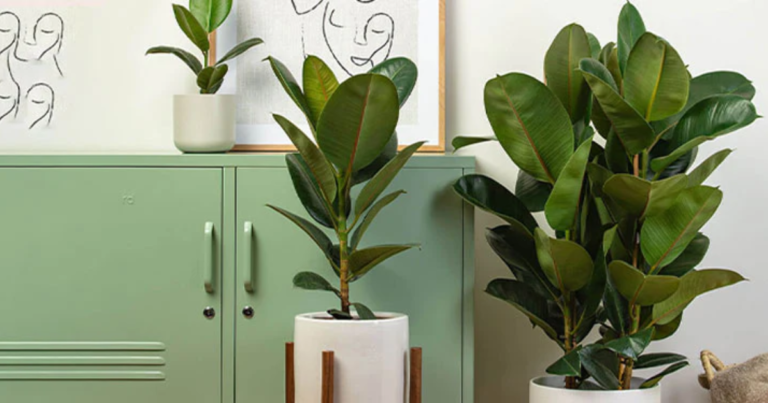Comprehensive Guide to Maintaining and Caring for Your Wooden Furniture
Wooden furniture, with its timeless appeal and versatility, has been a staple in homes worldwide for centuries. Whether you reside in a bustling city, a quiet suburban neighborhood, or the serene countryside, the proper care and maintenance of wooden furniture are paramount to preserving its beauty and functionality. In this comprehensive guide, we will delve into essential tips and techniques to help you maintain and care for your wooden furniture, ensuring it remains a cherished asset in your home for generations to come.
Understanding the Essence of Wooden Furniture Before we dive into the practical aspects of maintenance, let's take a moment to appreciate the unique characteristics that make wooden furniture a popular choice.
Wood, as a natural material, brings warmth, elegance, and a sense of connection to the environment into our living spaces. Its versatility allows for a wide range of design possibilities, from intricately carved traditional pieces to sleek, modern designs. Whether you have inherited antique furniture or invested in contemporary pieces, the fundamental principles of maintenance apply to all wooden furniture.

1. Regular Dusting: Preserving Aesthetic Appeal
Dust is a silent adversary that can gradually dull the shine and luster of your wooden furniture. Regular dusting is the simplest and most effective way to combat this issue. Use a soft, lint-free cloth to gently wipe away dust from the surfaces. This routine not only maintains the furniture's aesthetic appeal but also prevents dust particles from settling into the wood grain, which can lead to long-term damage.2. Sunlight Protection: Shielding from Harmful Rays
Direct sunlight can be detrimental to wooden furniture, causing colors to fade and the wood to lose its natural luster. Position your furniture away from direct sunlight if possible. Alternatively, use curtains and blinds to filter the light and protect your wooden pieces. This straightforward measure can significantly extend the life and vibrancy of your furniture.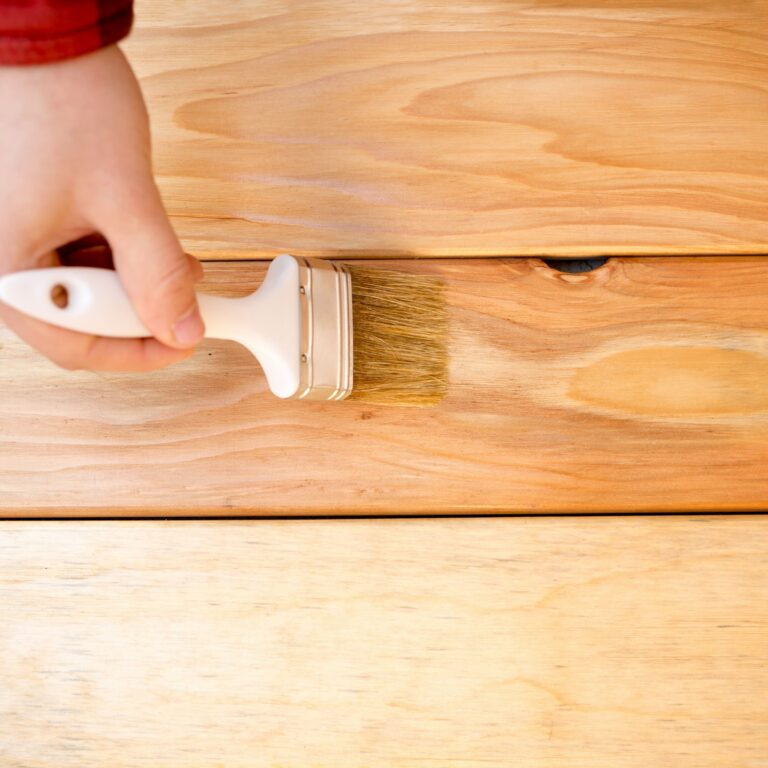
3. Humidity Control: Mitigating Warping and Cracking
Wood is sensitive to humidity fluctuations, which can lead to warping or cracking. Implementing measures to control indoor humidity is crucial. Consider using a dehumidifier or placing moisture-absorbing products in your living spaces. Maintaining optimal humidity levels not only protects your wooden furniture from potential damage but also contributes to a healthier indoor environment.4. Quality Wood Polish: Nourishing and Enhancing
Regular polishing is vital to nourish the wood and enhance its inherent beauty. Choose a high-quality wood polish appropriate for your furniture's wood type. Application in the direction of the wood grain using a soft cloth, followed by buffing, not only revitalizes the appearance but also creates a protective layer against scratches and minor damages. The frequency of polishing depends on factors such as usage and the environment, but a general rule of thumb is to polish every few months.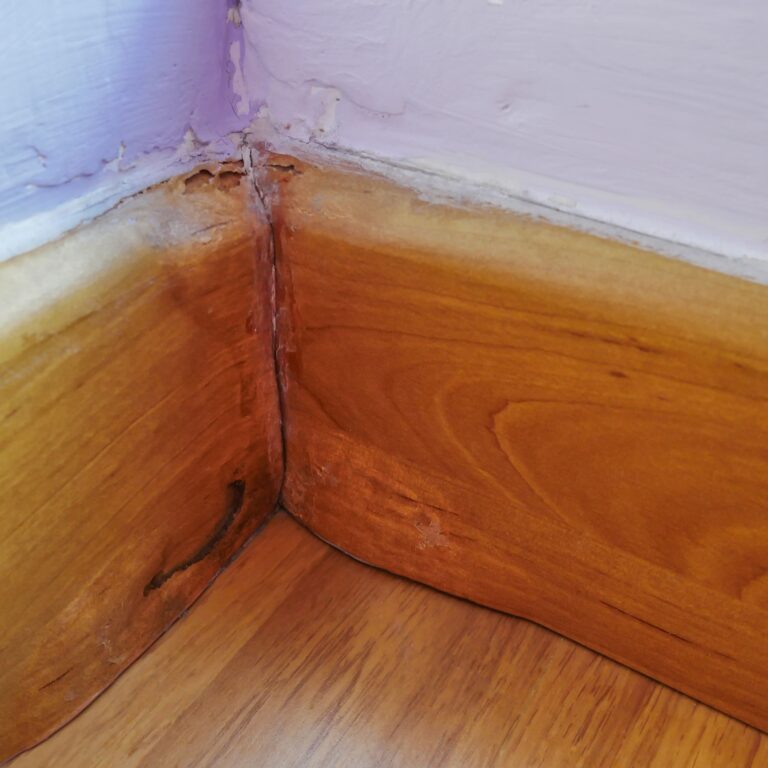
5. Handle with Care: Preventing Scratches and Damage
When moving or rearranging furniture, handle it with care to avoid scratches and damage. Lift the furniture instead of dragging it, and use furniture pads or felt protectors under heavy items to prevent denting and facilitate easy movement. These simple precautions can contribute significantly to the longevity of your wooden pieces.6. Address Stains Promptly: Tackling the Inevitable
Accidents happen, and stains are inevitable. Promptly addressing stains is crucial to preventing them from setting into the wood. Blot the stain with a clean, dry cloth and clean the affected area with a mild solution of water and a gentle detergent. Always test any cleaning solution on a small, inconspicuous area first to ensure it doesn't harm the finish. Different types of stains may require specific treatments, so having a basic stain removal kit on hand can be beneficial.7. Seasonal Checks: Adapting to Environmental Changes
Wood expands and contracts with changes in temperature and humidity. To prevent structural issues, conduct seasonal checks on your wooden furniture. Inspect for any signs of warping, cracking, or loose joints. If you notice any issues, address them promptly to prevent further damage. Seasonal checks are particularly crucial for outdoor wooden furniture exposed to the elements.
8. Professional Maintenance: Periodic Expert Attention
While regular at-home maintenance is essential, periodic professional attention can further enhance the longevity of your wooden furniture. Professional services may include deep cleaning, refinishing, or repairing any significant damage. Consulting with a furniture restoration expert can provide valuable insights into the specific needs of your pieces.Wooden furniture is not just functional; it is a reflection of our taste, style, and appreciation for craftsmanship. By incorporating these comprehensive tips into your maintenance routine, you can ensure that your wooden pieces remain not only aesthetically pleasing but also structurally sound. Let's commit to caring for our wooden furniture, allowing it to stand the test of time and continue to enhance the beauty of our living spaces, regardless of where we call home.

